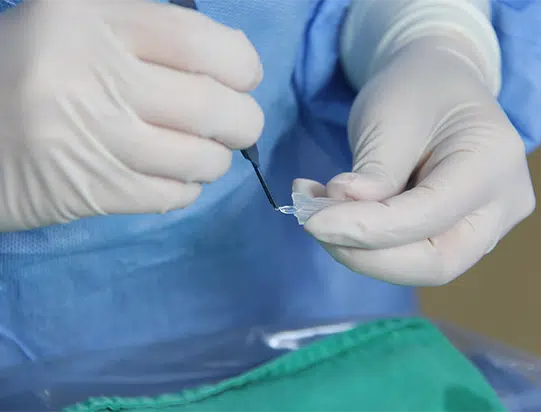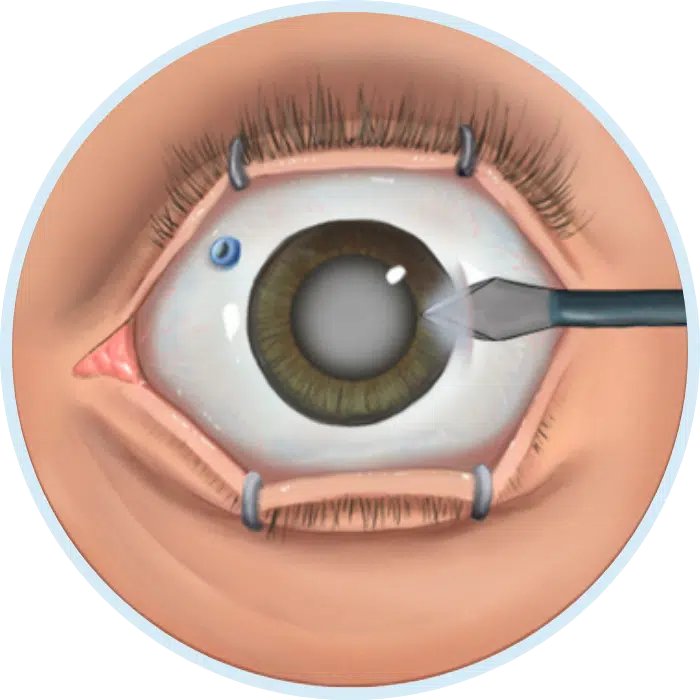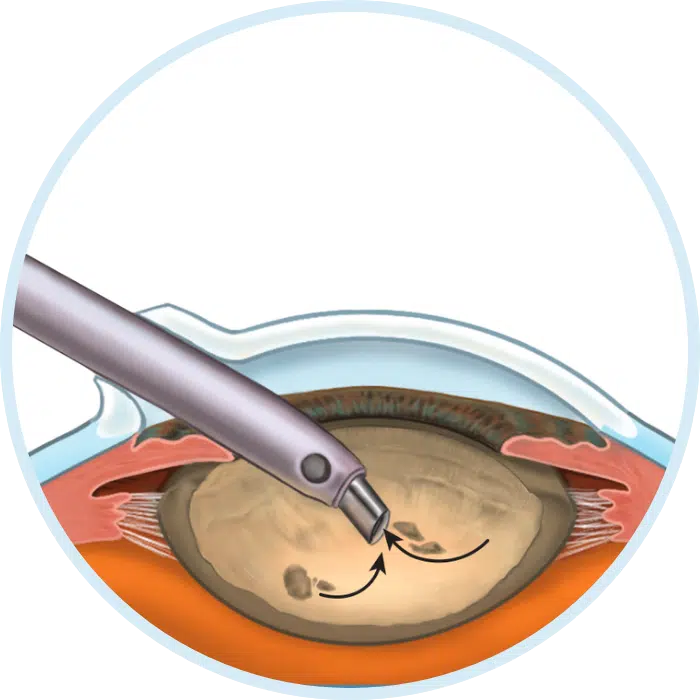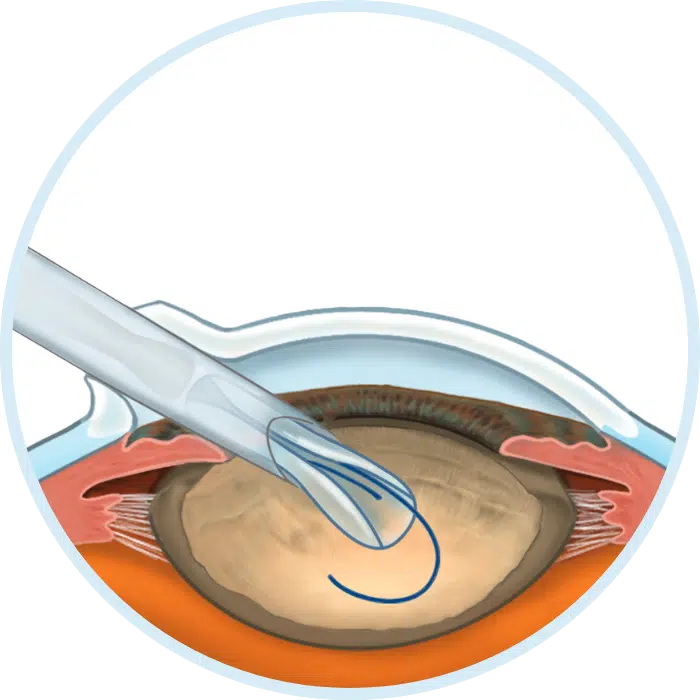Cataracts are a major eye problem that needs serious treatment to prevent unwanted complications. For this reason, we use phacoemulsification technology, which becomes the most commonly performed treatment to treat cataracts.
Phacoemulsification (phaco) is a type of cataract surgery that uses foldable intraocular lenses (IOL) implants to restore full and clear vision that has been compromised by cataracts. During the procedure, your ophthalmologist removes the damaged lens using an ultrasonic probe and replaces it with a folded lens implant.
This method is not a new invention. In fact, scientists first developed this method in the late sixties, and it became popular in the early eighties of the last century.

Phacoemulsification carries a lot of potential benefits for people who suffer from cataracts, including:

Often, ophthalmologists suggest phacoemulsification to people who have a cataractous lens that causes poor visual acuity. Thus, you will be an ideal candidate for phacoemulsification if you have cataracts without other medical conditions. People with diabetes are at risk if decided to undergo this surgery.


Phacoemulsification is usually performed in an outpatient facility, and ophthalmologists often need between 15-1 hours to complete the surgery. The steps include:

Your ophthalmologist will use topical anesthesia or provide you with local anesthesia by injecting a numbing drug around your eye.

Your ophthalmologist makes a small incision at the edge of the cornea to create an opening in the membrane that surrounds the lens.

To break the cloudy lens into fragments, your ophthalmologist will insert a small ultrasonic probe that vibrates at ultrasonic speed.

There is an attachment on the probe tip that will suction the fragments out of the eye.

Finally, your ophthalmologist will implant an intraocular lens (IOL) and places it in the natural position inside the eye. They commonly insert it through a tiny corneal incision.
Phacoemulsification is a safe procedure that can improve most patients’ vision and boost their quality of life. However, risks and potential side effects are still possible in some cases, and include:
International Clinics helps international patients access affordable, high-quality medical and aesthetic procedures in Turkey.
Our team of consultants is here to answer your questions and provide guidance throughout your treatment journey.
Our partner hospitals and clinics have successfully performed thousands of procedures for patients from Europe, Asia, North America, and the Middle East.
Use the contact forms on our website to request a free consultation with our team. We’re ready to help you get the care you need.

In most cases, vision improves after about 3 -5 days of the surgery.
Usually, cataracts do not return after the surgery.
– In rare cases, blood leakage from the blood vessels of the retina may occur.
– This leakage may impair the vision, but the doctor can treat this problem by prescribing some eye drops as a preventive measure.
– Therefore, recovery from the surgery takes a few weeks or months.
– Usually, this problem improves completely with eye drops, but in a few cases, the patient may need a steroid injections behind the eye to recover from these leakages.
– This is often the result of local anesthesia and not the result of the surgery itself.
– The doctor may, in rare cases, prescribe eye drops and anti-inflammatories to treat such symptoms.
During the first week after the surgery, the eye may continue to produce excessive tears as tears help protect the surface of the eye after the surgery. In other words, the body may produce more tears in an attempt to help the eye recover.
